Glagolitic Heritage on the Island of Krk

[아츠앤컬쳐] 크르크 섬은 크로아티아 해안선의 북쪽에 위치한 아드리아해에서 가장 큰 섬으로, 크로아티아 내륙과 다리로 연결되는 인기 관광지이며, 많은 유럽 도시에서 섬의 리예카 공항까지 직항편이 운항된다. 크르크는 리부르니안과 그리스를 포함한 고대 문명까지 거슬러 올라가는 풍부한 역사를 가지고 있으며 로마 시대의 고고학 유적지가 잘 보존되어 있다. 기독교가 일찍 전래되어 서기 5세기에 교구가 설립되고, 680년에 안드리야가 첫 번째 주교로 임명되었다. 시간이 흘러 크르크는 베네치아, 프랑스, 오스트리아-헝가리, 이탈리아, 독일 및 유고슬라비아를 포함한 다양한 강대국의 지배를 거쳐 오늘날 크로아티아가 되었다.
크르크 섬에는 중세 교회, 매력적인 마을, 활기찬 유산을 보여주는 박물관 등 많은 문화적 명소가 있다. 그중에서도 유랑드보르 마을 가까운 섬에는 크르크 넘어서까지 엄청난 역사적 중요성을 가지고 있는 성 루시 교회가 있다. 이 로마네스크양식의 교회는 크로아티아 민족 역사와 문화의 성지다. 교회 안에는 글라골 문자로 새겨진 크로아티아 언어의 가장 중요한 기념물인 바슈카(Baška) 석판이 있다.

서기 1100년까지 거슬러 올라가는 바슈카 석판은 1851년 성 루시 교회 아래에서 발굴되었는데, 크로아티아의 즈보니미르 왕이 성 루시의 베네딕토회 수도원에 기증한 토지 기증서가 들어 있다. 이 비문은 크로아티아의 글라골 문자와 언어에 대한 중요한 통찰력을 제공하며, 즈보니미르 왕의 크로아티아 초기 국가로서의 지위를 입증한다. 그 원본은 1934년 자그레브에 있는 과학예술아카데미로 옮겨졌고 사본이 교회에 전시되어 있다. 오늘날, 교회와 복원된 수도원 단지는 수많은 방문객들을 끌어들이고 있으며, 기념품 가게에서 석판의 복제품과 글라골 문자에 관한 상품들을 판매하고 있다.
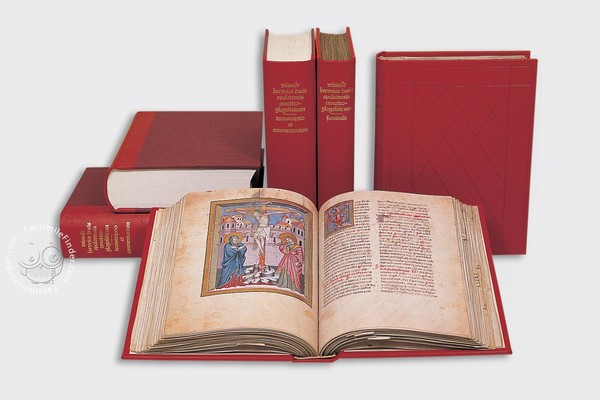
글라골 문자는 가장 오래된 슬라브 문자이다. 글라골 문자를 창안한 사람은 9세기에 모라비아 슬라브족의 선교를 위해 고안한 테살로니키 출신의 그리스인 철학자인 콘스탄틴-성 시릴(St. Cyril)이라고 여겨진다. 글라골 문자는 오래되고 역사적인 크로아티아 문자로, 없어서는 안 될 국가 정체성의 상징 중 하나다.
옛 크로아티아어 문자가 쉽게 잊혀지는 것을 막기 위해 다미르 세미니치와 산드라 세쿨리치의 지도 아래, 코르닉의 차카비아 의회 부서는 1993년부터 글라골문자 여름 학교를 조직했다. 6세에서 91세의 2,000명이 넘는 학생들은 진정한 국제적인 환경에서 글라골 문자를 배울 수 있는 기회를 가졌다. 이 글라골문자 학교들은 이 섬의 문화 유산을 보존하기 위한 영감의 원천으로서 다양한 교육적, 문화적인 노력을 장려하고 있다. 글라골 문자들을 특징으로 하는 모자이크 워크숍과 함께, 연중 60여 개의 다양한 문화 행사들이 열린다.
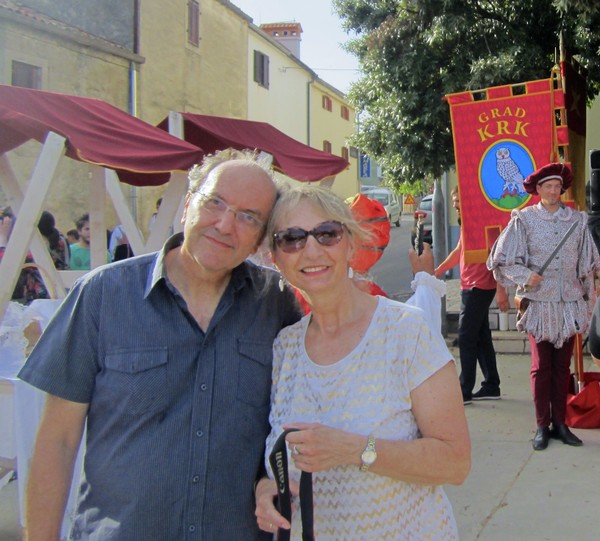
크르크 섬에 있는 글라골문자 학교는 문화 유산을 혁신적이고 매혹적인 방법으로 보존하려는 노력을 기울이며 섬 주민들과 수많은 방문객에게 큰 즐거움을 선사한다. 옛 크로아티아 문자를 쓰는 법을 배우는 것은 의심할 여지없이 어린이, 성인, 그리고 이 섬을 방문하는 많은 관광객들에게 도전이자 즐거운 경험이다. 그들은 옛 글라골 문자에 쓰인 새로운 기술을 확실히 기억할 것이고, 더욱이 그 문자의 첫 번째 흔적이 “바슈카 판”이라고 알려진 석판에 보존되어 있다는 사실을 기억할 것이다.

Glagolitic Heritage on the Island of Krk
The island of Krk is the largest island in the Adriatic Sea, located in the northern part of the Croatian coastline. It is a popular tourist destination, very well connected with the inland part of Croatia by a bridge. Additionally, Rijeka Airport is located on the island of Krk, offering direct flights from many European cities.
Krk has a rich history dating back to ancient civilizations, including the Liburnians and Greeks, with well-preserved archaeological sites from Roman times. Christianity arrived early, establishing a diocese in Krk city by the 5th century A.D., with Andrija as its first bishop in 680. Over time, Krk has been ruled by various powers, including the Venetians, French, Austro-Hungarians, Italians, Germans, and Yugoslavia, until modern-day Croatia.
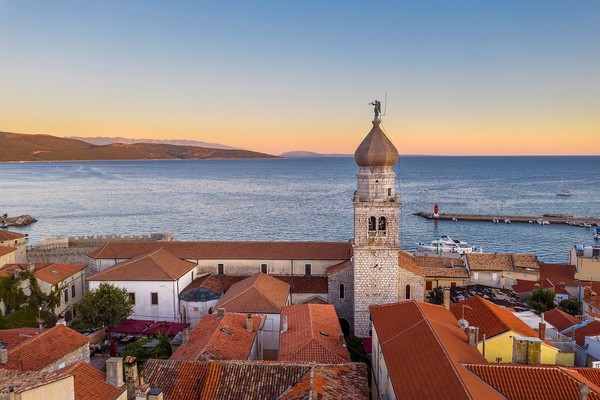
The island of Krk offers a plethora of cultural attractions, including medieval churches, charming villages, and museums showcasing its vibrant heritage. However, one small church on the island, near the village of Jurandvor, holds immense historical significance not only for Krk but also beyond. This is the Church of St. Lucy. This Romanesque church is a sacred site of Croatian national history and culture. Inside the church lies the Baška tablet, the most prominent monument of the Croatian language, inscribed in Glagolitic letters (circa 1100 AD).
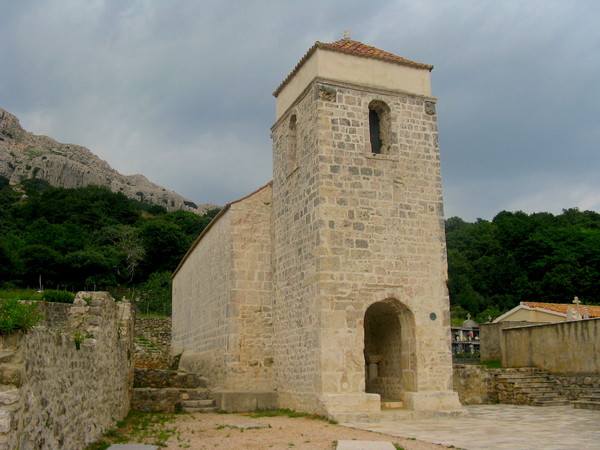
Dating back to 1100 AD but unearthed in 1851 beneath the Church of St. Lucy, the Baška Tablet contains a land donation certificate from Croatian King Zvonimir to the Benedictine monastery of Saint Lucy. This inscription offers crucial insights into the Croatian Glagolitic alphabet and language, validating Croatia's early statehood under King Zvonimir. Transferred to the Academy of Science and Art in Zagreb in 1934, the original tablet remains there, while a copy is exhibited in the church. Today, the church and the restored monastery complex attract numerous visitors, with souvenir shops offering replicas of the tablet and Glagolitic letter-themed items.
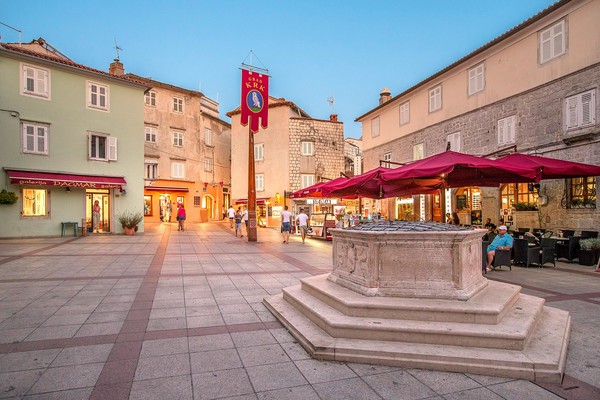
Glagolitic is the oldest Slavic script. The author of the Glagolitic script is considered to be Constantine the Philosopher - St. Cyril, a Greek from Thessaloniki, who designed it for a mission among the Moravian Slavs in the 9th century. Croatian Glagolitic is an old, historical Croatian script, one of the indispensable symbols of national identity.
To prevent the old Croatian script from falling into oblivion, the Department of the Čakavian Parliament in Kornic, under the leadership of Damir Semenic and Sandra Sekulic, has organized Glagolitic Summer Schools since 1993. More than 2,000 students aged from 6 to 91 have had the opportunity to learn all variations of Glagolitic scripts in a truly international environment. These Glagolitic schools serve as a source of inspiration, encouraging the continuation of diverse educational and cultural efforts dedicated to preserving the cultural heritage of the island. Alongside mosaic workshops featuring Glagolitic characters, over 60 diverse cultural events are organized throughout the year.
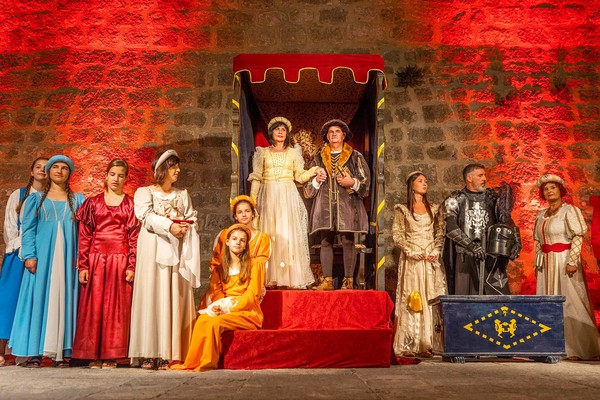
The Glagolitic school on the island of Krk exemplifies the Croatian commitment to preserving cultural heritage in innovative and captivating ways, much to the delight of the island's residents and countless visitors.
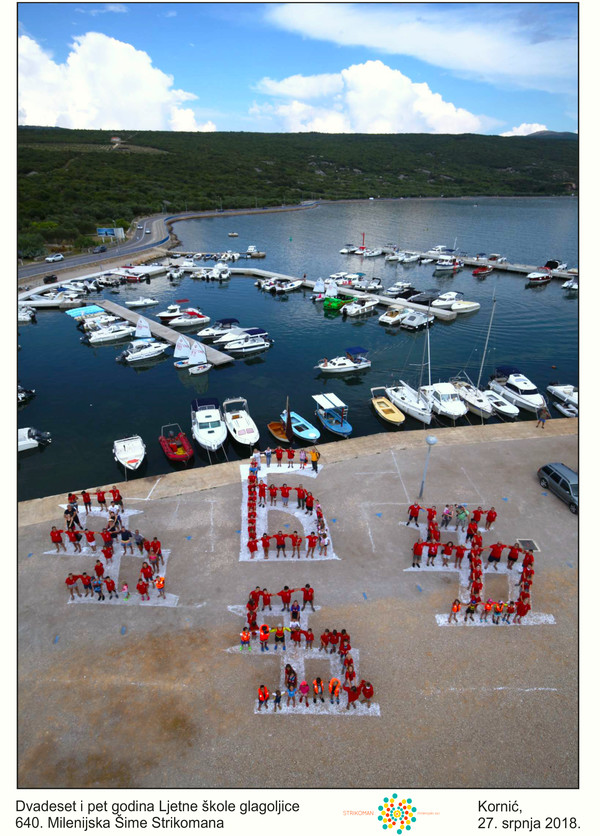
Learning to write the old Croatian script is undoubtedly both a challenge and an enjoyable experience for children, adults, and the many tourists who visit the island. They will certainly remember the new skill of writing in the old Glagolitic script, and even more so, the fact that the first trace of that script is preserved on a stone “tablet” known as the “Baška tablet.”

글 Loreta Bertosa-Kusen
Minister Plenipotentiary
Embassy of Croatia, London

